Bryan Johnson’s anti-aging routine costs him $2 million a year, and he’s constantly monitored. Yet, the tech CEO says he’s never been happier.


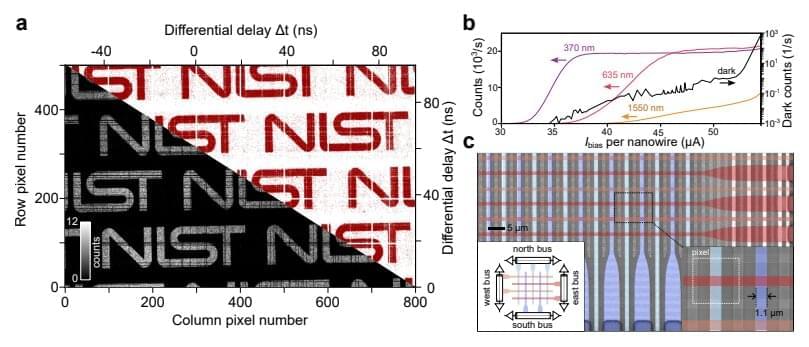
A team at the National Institute of Standards and Technology in Boulder, Colorado, has reported the successful implementation of a 400,000 pixel superconducting nanowire single-photon detector (SNSPD) that they say will pave the way for the development of extremely light-sensitive large-format superconducting cameras. The camera will also prove invaluable for those doing medical research, where the ability to examine organs such as the brain without disturbing tissue is critical.
Superconducting detectors operate at very low temperatures and generate a minimum of excess noise, making them ideal for testing the non-local nature of reality, investigating dark matter, mapping the early universe, and performing quantum computation and communication. Previously there were no large-scale superconducting cameras – even the largest demonstrations have never exceeded 20 thousand pixels.
This was especially true for one of the most promising detector technologies, the superconducting nanowire single-photon detector (SNSPD). These detectors have been demonstrated with system detection efficiencies of 98.0%, sub-3-ps timing jitter, sensitivity from the ultraviolet (250nm) to the mid-infrared (10um), and dark count rates below 6.2e-6 counts per second (cps), but despite more than two decades of development they have never achieved an array size larger than a kilopixel. Here, we report on the implementation and characterization of a 400,000 pixel SNSPD camera, a factor of 400 improvement over the previous state-of-the-art. The array spanned an area 4×2.5 mm with a 5x5um resolution, reached unity quantum efficiency at wavelengths of 370 nm and 635 nm, counted at a rate of 1.1e5 cps, and had a dark count rate of 1e-4 cps per detector (corresponding to 0.13 cps over the whole array).
Starting at 12:40 Liz asks what would your perfect virtual world be like. Not sure what my home world would be like, a Maldives island, an orbital ring colony perhaps. I think my main form of entertainment would be to adventure in the worlds people will create, and perhaps help build them. Someone will detail the 30 million worlds of A Galaxy Far Far Away and go play in it, someone will create a Star Trek Galaxy, D&D, Niven’s Known Space, Potter-verse, LOTR, and so on.
Only a handful of people in the entire world are aware of the work that is going on to increase the lifespan of #humans. Not just in terms of numbers, but also in terms of the quality of life. Most people today are unable to imagine living beyond 80–90, and they absolutely cannot imagine living an active life at 80–90 or beyond, to say nothing of living forever, and leading an active life forever.
But, the reality is that living forever is going to be a reality in the near future. You can catch up on what’s going on in the #longevity space at The Buying Time Podcast.
The Buying Time Podcast is brought to you by two people who are passionate about super-longevity. Sa…ra…va…nan (Saravanan Balakrishnan) is the founder and CEO of Amura Health (amura.ai), a #hospital on the cloud that helps people to beat many #chronic conditions. Liz Parrish is the CEO of BioViva Science, a fore runner in the space of bringing #gene therapy to super-longevity space.
Liz Parrish is a path-maker in the longevity space. She not only established BioViva Sciences, but has tried out her company’s gene #therapy. She is determined not to allow future generations to die of #diseases that plagued previous generations because she is convinced that every disease is curable. If there is no disease, why do you have to die?
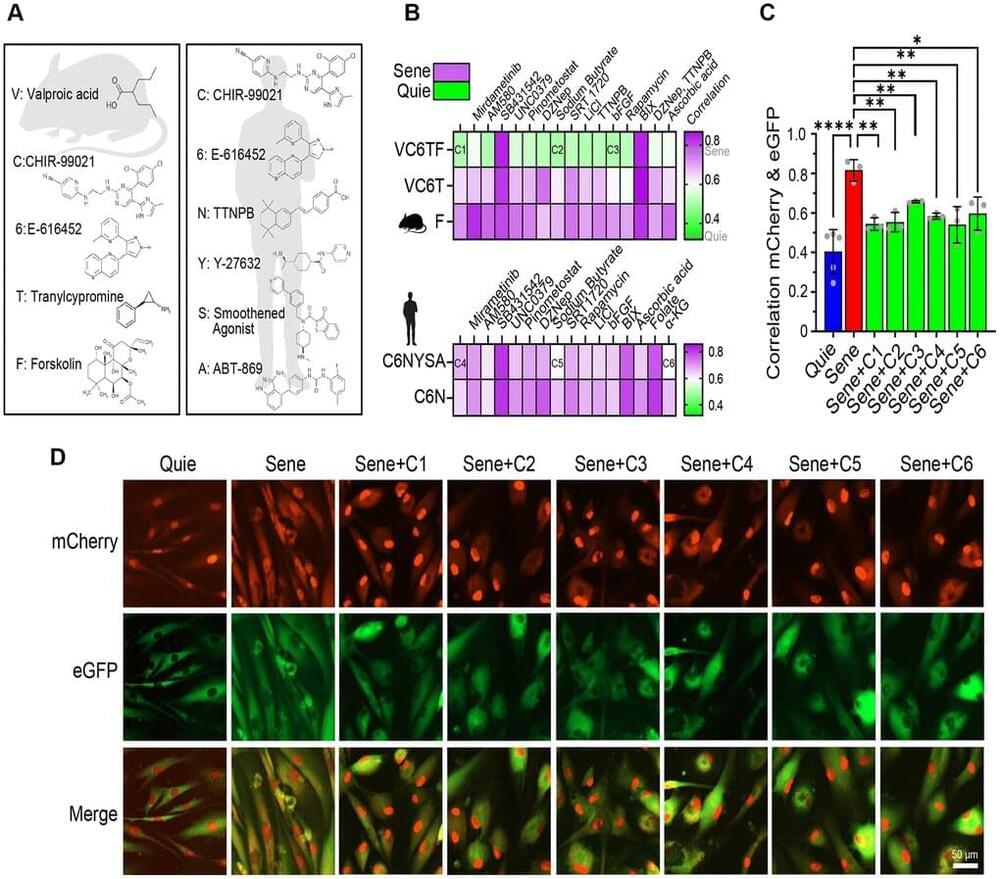
In a groundbreaking study, researchers have unlocked a new frontier in the fight against aging and age-related diseases. The study, conducted by a team of scientists at Harvard Medical School, has published the first chemical approach to reprogram cells to a younger state. Previously, this was only achievable using a powerful gene therapy.
On July 12, 2023, researchers from Harvard Medical School, University of Maine and Massachusetts Institute of Technology (MIT) published a new research paper in Aging, titled, “Chemically induced reprogramming to reverse cellular aging.”
The team’s findings build upon the discovery that the expression of specific genes, called Yamanaka factors, could convert adult cells into induced pluripotent stem cells (iPSCs). This Nobel Prize-winning discovery raised the question of whether it might be possible to reverse cellular aging without causing cells to become too young and turn cancerous.
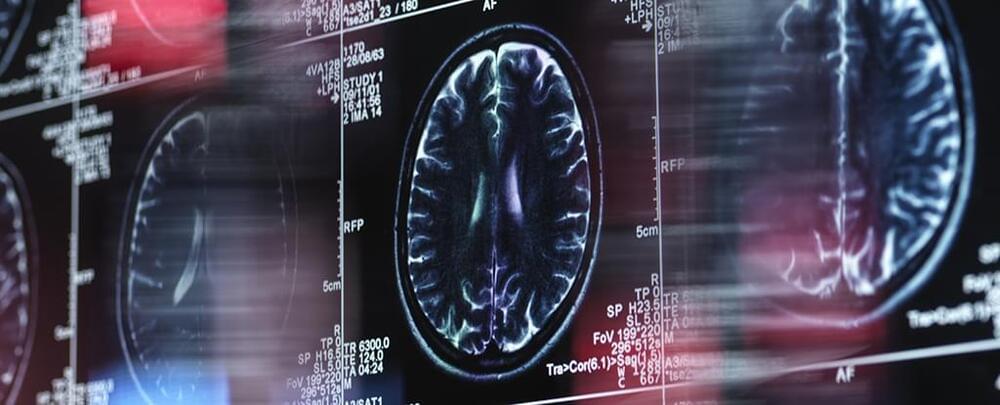
New research into the hormone somatostatin has the potential to change the general scientific consensus on how it influences Alzheimer’s and how the disease begins to develop in the brain.
Somatostatin plays a role in many parts of our body. In previous studies, the hormone was also thought to drive the production of the enzyme neprilysin, which can degrade amyloid beta, the protein that clumps together and damages neurons in the brains of people with Alzheimer’s.
The new study suggests that somatostatin actually influences amyloid-beta more directly, putting the brakes on the mechanisms by which the protein’s monomer (single molecule) form combines into an oligomer (multi-molecule) form.
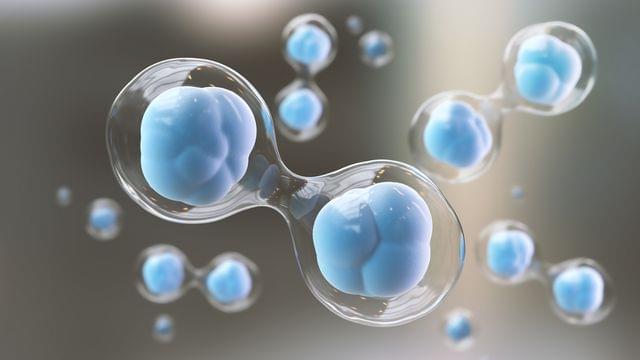
In a groundbreaking study, researchers have unlocked a new frontier in the fight against aging and age-related diseases. The study, conducted by a team of scientists at Harvard Medical School, has published the first chemical approach to reprogram cells to a younger state. Previously, this was only achievable using a powerful gene therapy.
Researchers from Harvard Medical School, University of Maine and Massachusetts Institute of Technology (MIT) published a new research paper in Aging, titled, “Chemically induced reprogramming to reverse cellular aging.”
One of the main ways cells “talk” to each other to coordinate essential biological activities such as muscle contraction, hormone release, neuronal firing, digestion and immune activation is through calcium signaling.
Rice University scientists have used light-activated molecular machines to trigger intercellular calcium wave signals, revealing a powerful new strategy for controlling cellular activity, according to a new study published in Nature Nanotechnology. This technology could lead to improved treatments for people with heart problems, digestive issues and more.
“Most of the drugs developed up to this point use chemical binding forces to drive a specific signaling cascade in the body,” said Jacob Beckham, a chemistry graduate student and lead author on the study. “This is the first demonstration that, instead of chemical force, you can use mechanical force —induced, in this case, by single-molecule nanomachines—to do the same thing, which opens up a whole new chapter in drug design.”

Last year, the chemist – who is an emeritus professor at the University of Strasbourg – published a book titled The Elegance of Molecules. In the pages, he lets his imagination run wild. “Over time, most of the chemical reactions that govern nature could be controlled or imitated by a nanorobot: counter-offensives by the immune system, the production of antibodies, hormones on demand, the repairing of damaged cells and organs [or] the correction of anomalies in the genetic text,” Sauvage writes. “None of this will belong in the realm of science fiction in the long-term.”
Sitting in the hotel’s restaurant, however, the researcher’s realism contrasts with his futuristic fantasy. “Today, we can’t do much. Molecular machines are a somewhat new concept: we can make molecules that move as we choose [and] we can make a fairly complex molecule perform a rotary motion. Or we can make it behave like a muscle, stretching and contracting. The applications will arrive in the future, but we’re not there yet,” he stresses.
The French researcher has been developing these molecular muscles since 2002 alongside a Spanish chemist – María Consuelo Jiménez – from the Polytechnic University of Valencia. “The first thing was to show that we can make a molecule that contracts and stretches. Now, you can think of making materials – especially fibers – that can contract and stretch. Perhaps artificial muscles could be made to replace damaged muscles in people, but that will be in the future. At the moment, there are no real applications,” Sauvage clarifies.
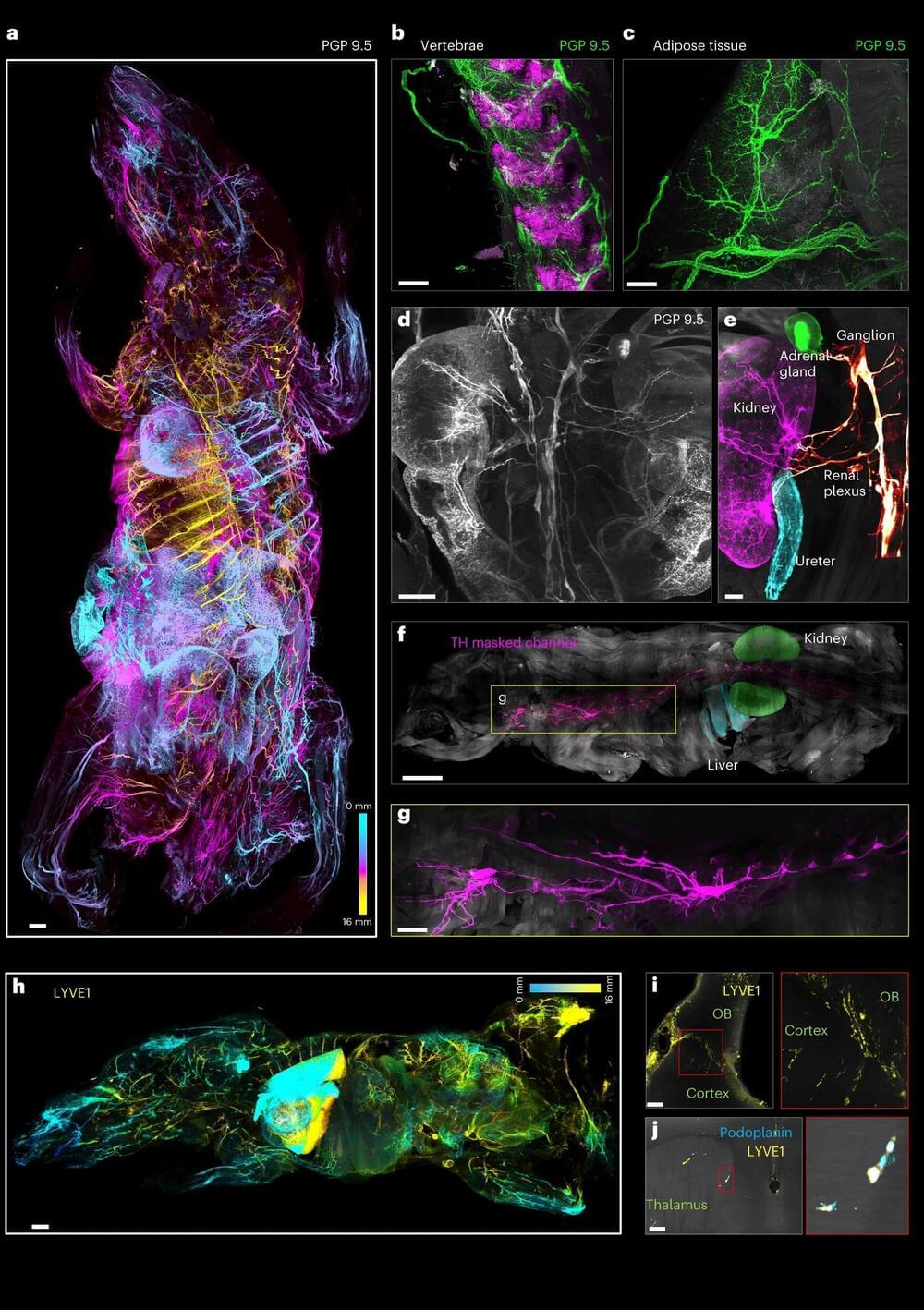
Researchers developed a new method called wildDISCO that uses standard antibodies to map the entire body of an animal using fluorescent markers. This revolutionary technique provides detailed 3D maps of structures, shedding new light on complex biological systems and diseases. WildDISCO has the potential to transform our understanding of intricate processes in health and disease and paves the way for exciting advancements in medical research. This technology was now introduced in Nature Biotechnology.
In the past, scientists relied on genetically modified animals or specialized labels to make specific structures and cells of interest visible in the entire body of an animal. But these approaches are expensive and time-consuming to create, especially when it comes to body-wide systems such as the nervous system.
A team of scientists from Helmholtz Munich, the LMU University Hospital and the Ludwig-Maximilians Universität München (LMU) now introduced a new method called wildDISCO, which makes use of standard antibodies to map whole bodies of mice. This ultimately enables the creation of detailed three-dimensional maps of normal and diseased structures in mammalian bodies in an easy-to-use and cost-efficient way.

This was a surprise. Animals have brain maps for vision and touch, but these are built from visual images and touch receptors that map onto the brain through direct point‑to‑point projections. With ears, it’s entirely different. The brain compares information received from each ear about the timing and intensity of a sound and then translates the differences into a unified perception of a single sound issuing from a specific region of space. The resulting auditory map allows owls to “see” the world in two dimensions with their ears.
This proved to be a big leap toward understanding how the brain of any animal, including humans, learns to grasp its environment through sound. Think of it. Standing in a forest, you hear the crack of a falling branch or the rustle of a deer’s step in the dry leaves. Your brain calculates the time and intensity of sound to determine where it’s coming from. Owls do this task with incredible speed and accuracy. Each cochlea in the owl provides the brain with the precise timing of the sound reaching that ear within 20 microseconds. This determines how accurately the brain can calculate the interaural time difference, which in turn determines the accuracy of the localization of a sound in the azimuth. “The precision in microseconds provided by the owl cochlea is better than in any other animal that has been tested,” says Köppl. “We have big heads, so the interaural time differences are larger, making the task for cochlea and brain easier. In a nutshell, it is the combination of a small head and very precise localization that makes the owl unique.”
And here’s a finding to drop the jaw. José Luis Peña, a neuroscientist at the Albert Einstein College of Medicine, and his collaborators have discovered that the sound localization system in a barn owl’s brain performs sophisticated mathematical computations to execute this pinpointing of prey. The space‑specific neurons in the owl’s specialized auditory brain do advanced math when they transmit their information, not just adding and multiplying incoming signals but averaging them and using a statistical method called “Bayesian inference,” which involves updating as more information becomes available.